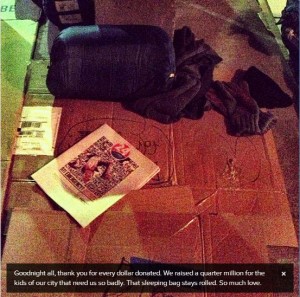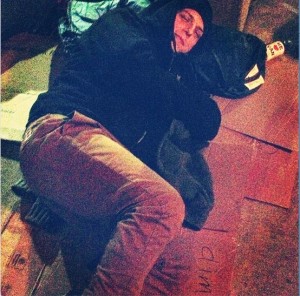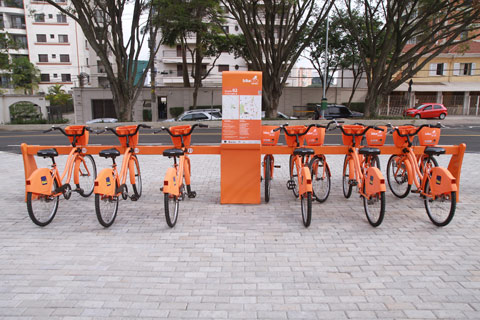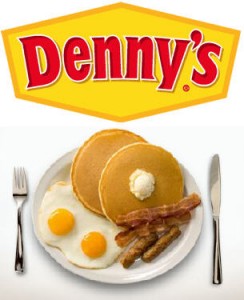The Twitter community has been buzzing about the much-loved american snack, Twinkies, since Hostess Brands, the snack’s producer, announced that it was closing for business. The hastag “TwinkieMovieMoments” was started by Empire Magazine and featured favorite cameos of the little white and yellow treat. Some tweets include, “Tallahassee’s quest for Twinkies ends well when he stumbles upon a pile of them in Zombieland” 
Speculations have been raised about Obamacare and its involvement in Hostess’s termination. But one analyst says the company’s downfall was caused by the immense debt accumulated through multiple mergers, and two claims of bankruptcy dating back to the 1980s. In addition, Hostess Brands’ products, though signature to the American lifestyle, are old and lack-luster.
I believe Hostess Brand’s failure was caused by a dependency on its customer loyalty. Its lack of new inventive products were unable to meet up with the markets demand for gourmet high-end specialty baked goods. Still, even though I dislike the cream-filled cake, the news of the potential end of Twinkies spurs me to go out and buy a box of my own, just to savour the memory.
Information from:
http://www.forbes.com/sites/helaineolen/2012/11/16/who-killed-hostess-brands-and-twinkies/?utm_campaign=forbestwittersf&utm_source=twitter&utm_medium=social
http://www.forbes.com/sites/panosmourdoukoutas/2012/11/17/twinkies-another-casualty-of-obamacare/











